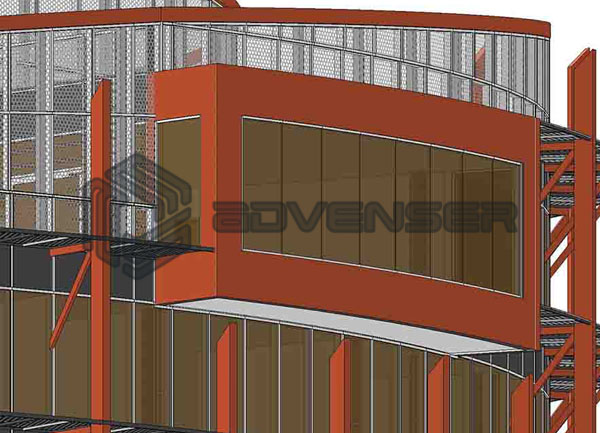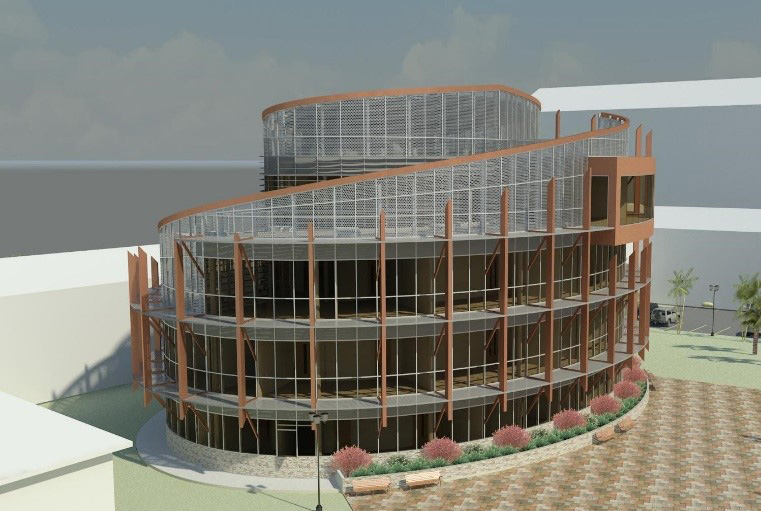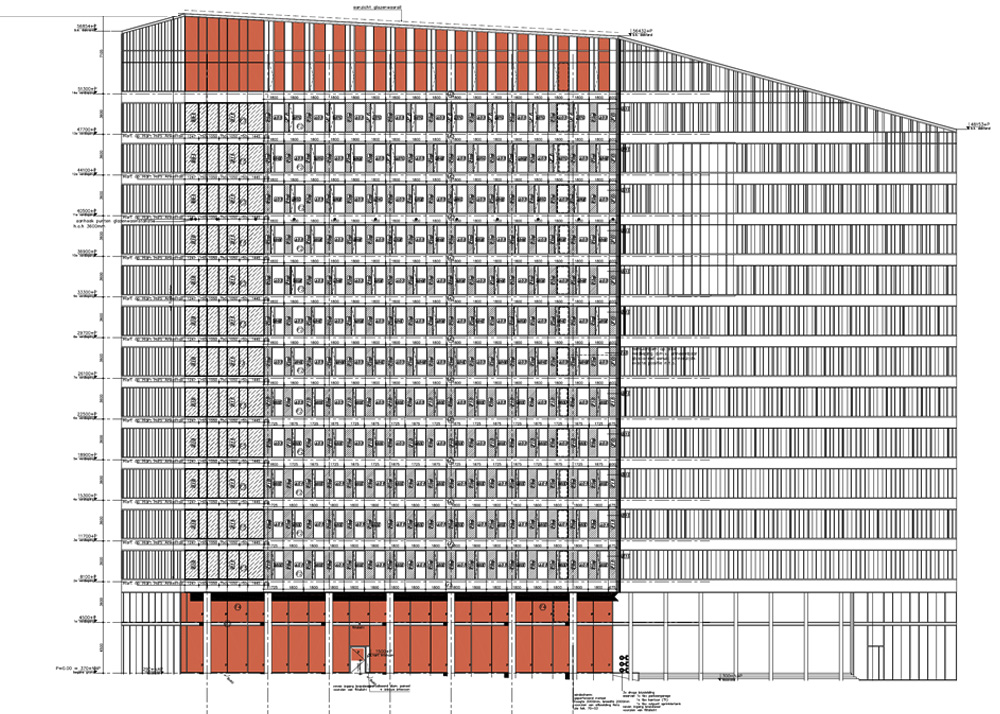As we move into 2023, there is a growing focus on sustainable building design and the use of innovative building envelopes such as double-skin facades. These facades have been gaining popularity in recent years due to their ability to improve energy efficiency, insulation, and thermal comfort for building occupants.
Studies have shown that in the next few years, the double-skin façade is likely to become even more popular as architects and engineers continue to find ways to improve the technology and make it more efficient. In addition, the increased focus on sustainability means that developers are more likely to opt for energy-efficient solutions such as double-skin façades.
What is a double-skin facade?
Simply put, it is a building envelope system comprising two separate layers of glass or other materials, with space between them. This space is typically ventilated to provide a buffer zone between the exterior and interior of the building, reducing heat gain in the summer and heat loss in the winter.
The double-skin façade is a building technology quickly gaining popularity in the architecture and construction industry. This type of façade comprises two layers, one that is fixed and one that can move with the wind, allowing for a more efficient form of ventilation. It is easy to see why this technology is becoming increasingly popular, as it offers a range of benefits, including improved energy efficiency, better indoor air quality, and enhanced thermal comfort.
Advantages of double-skin facades
The double-skin façade offers a number of advantages compared to traditional curtain wall systems. For example, it allows for a higher level of thermal comfort, as it insulates the building from the outside temperature. In addition, the façade can reduce the amount of air leakage and has a longer lifespan than traditional systems. Double-skin facades have several benefits over traditional building envelopes, making them an attractive option for sustainable building design.
Here are a few of the advantages:
- Improved energy efficiency: Double-skin facades can significantly improve a building's energy performance by reducing heat gain and heat loss. This, in turn, reduces the building's carbon footprint and can lead to lower operating costs.
- Enhanced thermal comfort: The buffer zone created by the double-skin facade can also improve thermal comfort for building occupants. The space can be used to introduce fresh air, control humidity levels, and reduce noise pollution, all of which contribute to a more comfortable indoor environment.
- Increased natural light: Double-skin facades can also allow for increased natural light to enter the building, reducing the need for artificial lighting and further improving energy efficiency.
The growing popularity of sustainable building design
While double-skin facades have been around for some time, their popularity is expected to continue to grow in 2023 and beyond. As society places a greater emphasis on sustainable building design and environmental concerns, architects and builders are looking for innovative ways to reduce the carbon footprint of buildings and create more sustainable living and working spaces.
Role of bim in enhancing the efficiency of double-skin facade
BIM can play a crucial role in improving the efficiency of double-skin facade construction. Here are a few ways:
Accurate modeling: BIM allows for creating detailed and precise 3D models of the double-skin facade system. This helps architects and builders to visualize the final product and identify any design flaws before construction begins. This can save time and money by reducing the need for rework during construction.
Better communication and collaboration: BIM provides a platform for all stakeholders to communicate and collaborate more effectively, which helps ensure that everyone is on the same page and that any design changes or issues are addressed promptly.
Integration with other systems: BIM modeling can be integrated with other systems, such as energy modeling software, to help optimize the performance of the double-skin facade system. This can improve energy efficiency, reduce operating costs, and improve the overall sustainability of the building.
Improved construction sequencing: BIM services can help to improve the sequencing of construction activities by providing a detailed and accurate construction schedule, thereby reducing construction time and minimizing disruptions to building occupants.
In conclusion, while it remains to be seen whether or not double-skin facades will be the new trend in 2023, they are certainly a promising option for sustainable building design. Double-skin facades can create more sustainable and comfortable living and working spaces by improving energy efficiency, enhancing thermal comfort, and increasing natural light. As society prioritizes environmental concerns, innovative and sustainable building designs such as double-skin facades will continue to be explored and implemented.




